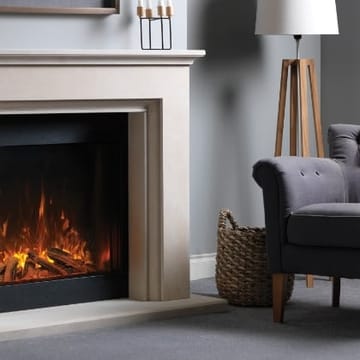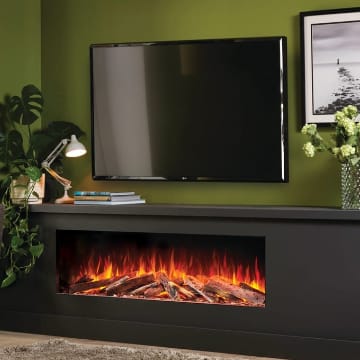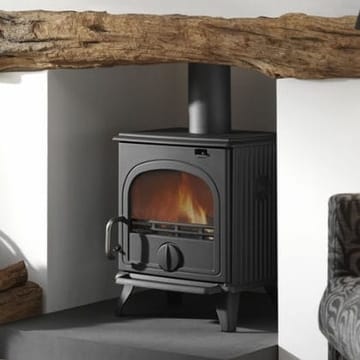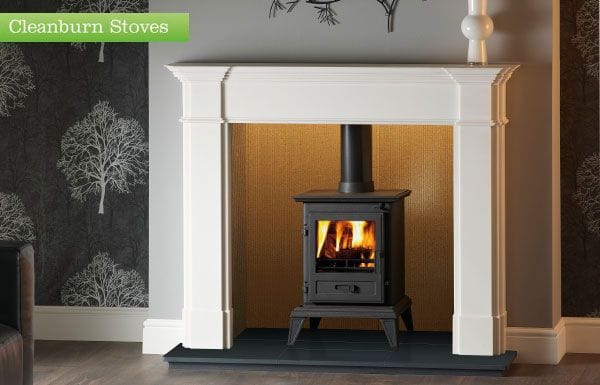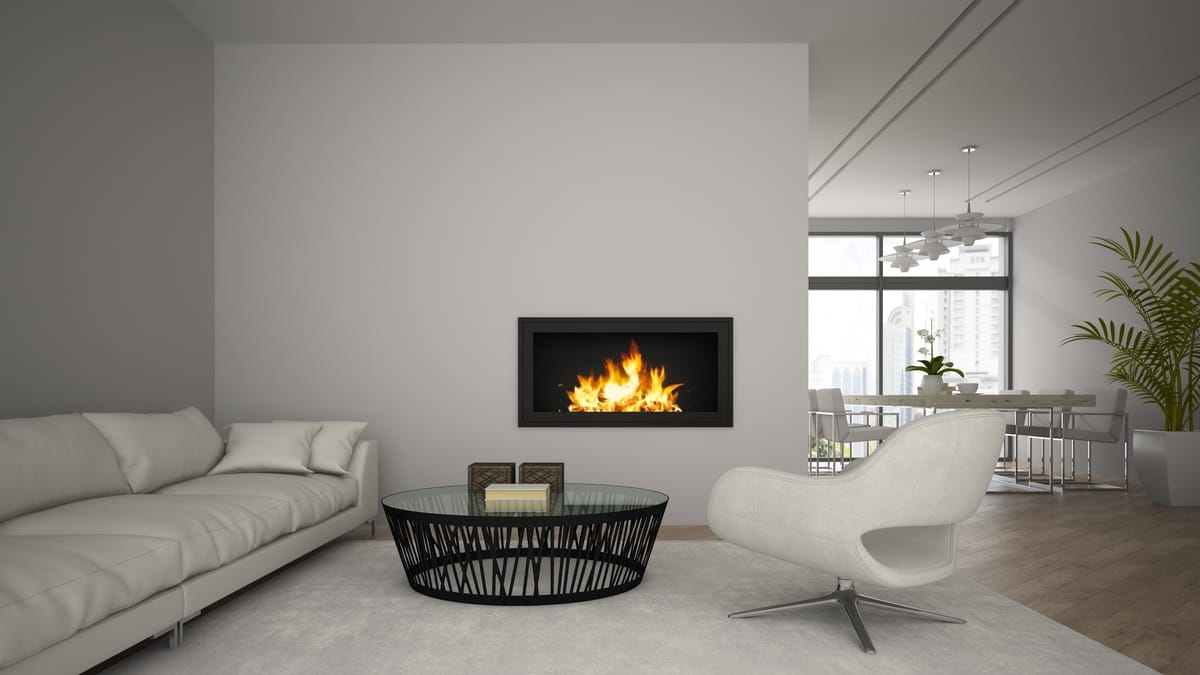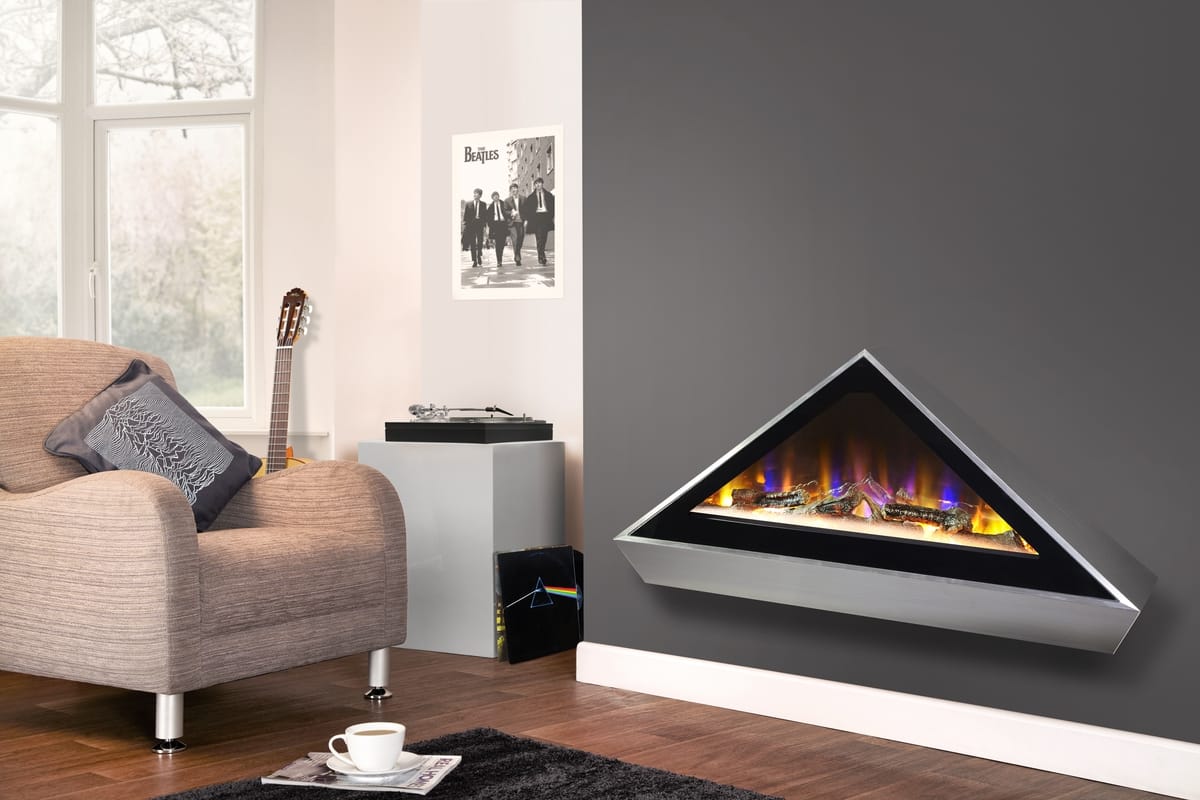There is nothing as inviting as a cosy and toasty home, but with rising energy bills having a cosy home is breaking some peoples budgets.
Below you will find 15 suggestions, some saving you money, others which will require some expenditure to save money in the longer term. Just a few small changes can make a huge difference to your bills.
The Tips
1. Change your habits
Keeping as hot as possible is a habit we have develop since the 1970's when there was a massive drive to install central heating systems and move away from coal fires.
Without even realising it you are turning the heating up out of habit, and this habit is costing you money. Before turning your heating up, consider if you really need to or would a cosy blanket/quilt or cuddling your loved ones make you just as warm. You could be saving up to 10% on your energy bills if you turned your thermostats down by a degree or two.
2. Move obstructions from heating sources
Furniture blocks heat from radiating out into your rooms. When it's time to turn the heating on, move furniture out of the way so the heat can flow throughout the room.
3. Check radiators
Serving your boilers and checking your radiators are working optimally just before Autumn starts, gives you time to make an educated decision about what to do if something has gone wrong. Whereas if it you wait until winter you will react to the situation and won't make the best choices that could save you money.
Check for cold spots on your radiators and bleed them if necessary. Letting the trapped air out will allow the warm water to circulate properly and your radiators will function more effectively.
4. Curtains
This may feel a bit depressing, but you need to keep the heat in your home. Only open curtains in rooms you are using at that time.
5. Add a shelf to the space just above your radiator.
Putting a shelf above a radiator directs the heat straight into the room at waist height instead of towards the ceiling first. It makes a room feel warmer faster.
6. Jumpers
We Brits love to continue wearing, shorts, T-shirts or lounge wear throughout winter. But these items of clothing just don't cut it during our winter months. It's time to get the thermal underwear, thick socks, heavy duty jumpers and jeans/trousers out. If you don't want to wear slippers, then have some comfortable trainers you only wear in the house.
7.Blankets and throws
Invest in some thick quality blankets or throws for your living space and bedrooms. Wrap yourself up in them if you are feeling chilly.
8. Entrance Doors
Make sure your entrance doors are as sound as possible, it doesn't cost much to ask a window and door company to come out and check your door is sealed properly when closed, sometimes they need to be adjusted. If cold air does get through, or radiate off the door, install some heavy duty curtains and keep them closed while you are in the house.
9. Invest in rugs
If your floors are un-insulated, and you prefer wooden or tiled floors you are going to feel the chill. Invest in some rugs, you can even layer them. Place them on wooden or tiled floors to help retain the heat in the room and not let it escape through the floor.
10. Curtains
Tremendous amounts of heat is lost through windows and doors, as well as having gaps that can let cold air in especially when it's blowing a gale outside. Add curtains to all of your rooms, thermal and lined heavy curtains usually work a treat.
11. Insulation
Although this is going to cost you money, in most cases a job you can do yourself, it's cost-effective to insulate your home to retain heat. As a result, you will save money in the long run.
12. Inspect those draughty areas of your home
Older homes are always more draughty then new homes. Find out where the draughts are coming from and fix the problems. If you have doors and windows that are not double glazed, in some cases you can just have the double glazed glass put in.
13. Stop your chimney from causing draughts
If your chimney is not in use, seal it to prevent draughts blowing into your room. Many older gas fires require vents to the outside world. Rarely are they next to the fireplace, but generally right where you want to place your sofa and around ankle height in your walls.
There are many modern fires that don't need vents to the outside world anymore. Upgrade to one of these and while it's being fitted ensure the fireplace is as sound and sealed as it safely can be.
Once you have a new fireplace you can then fill in your vents - only do this if a professional advises you it is safe to do so.
14. Woodburner
The Stove Industry Alliance (SIA) estimates that a wood burning stove costs about a third of the price of electric heating and approximately 13% less than gas central heating for the average household under the current price cap. This saving will further increase as fuel prices continue to rise.
15. Switch energy source
If your home is heated by electricity from the mains, then switch to gas, oil or install a woodburner so you can turn your central heating off for longer periods of time.
Conclusion
Energy prices are going to increase for the forseeable future. So some upfront costs now will save you money in the longer term. Start making changes today and enjoy a warm and comfortable home that won't break the bank.
If you plan to live in your current home for at least 14 years or more, then installing solar panels could be a great option, at the time of writing average prices for installation are £6,500, and you could see your electric bill drop by £100 to £450 a year. Your unused energy gets fed back into the public grid which earns you money as well, upto 12p per KW.
